#late 20th century on
Text
Harry Potter and the Sorcerer's Stone by J. K. Rowling (1997)
"Do you mean ter tell me," he growled at the Dursleys, "that this boy -- this boy! -- knows nothin' abou' -- about ANYTHING?"
Harry thought this was going a bit far. He had been to school, after all, and his marks weren't bad.
"I know some things," he said. "I can, you know, do math and stuff." But Hagrid simply waved his hand and said, "About our world, I mean. Your world. My world. Yer parents' world."
"What world?"
Hagrid looked as if he was about to explode.
Page 47
Rowling, J. K. Harry Potter and the Philosopher's Stone. Bloomsbury, 1997.
0 notes
Text


Clement Massier
Beetle lustre vase, circa 1900
Ceramic, lustre glazed vase
Bonham's
12K notes
·
View notes
Text

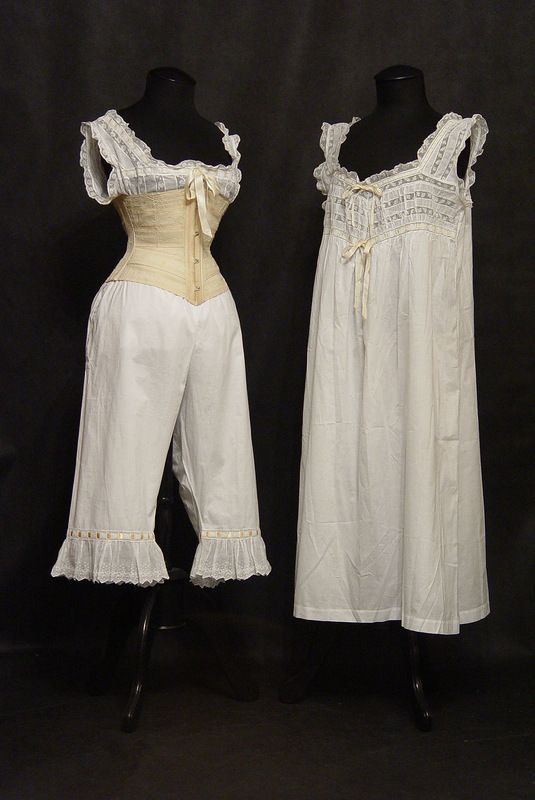
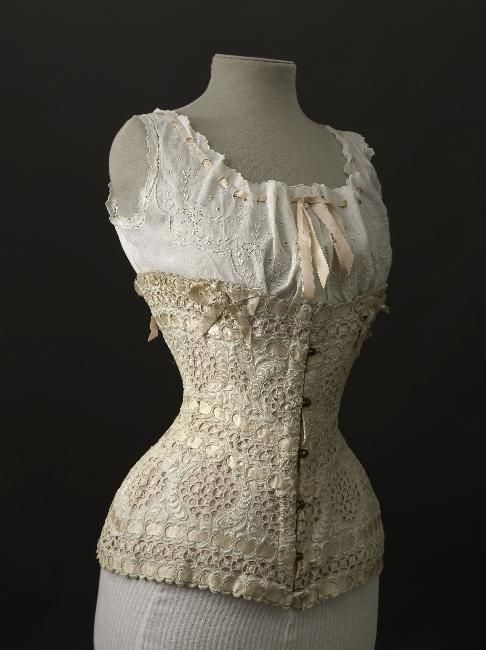



Undergarments of The Edwardian Era
#edwardian#this is a girlblog#lana del rey#girlblogging#vintage fashion#vintage aesthetic#marilyn monroe#jane birkin#lana del rey aesthetic#early 20th century#1900#1900s fashion#history of fashion#1900s#early 1900s#1900s dress#1910#1901#late 1800s#1800s#1800s fashion#1800s dress#19th century#fashion history#victorian#1910s#historical fashion#20th century#girlblogger#girlblog
4K notes
·
View notes
Text

“I am a cemetery by the moon unblessed.”
― Charles Baudelaire, Paris Spleen
#horror#gothic horror#gothic aesthetic#cemetary#graveyard#horror story#horror films#horror art#horror movies#gothic romance#victorian#1800s#late 1800s#1800s art#early 1800s#early 1900s#1900s#circa 1900#1900s art#early 20th century#gravestone#headstone#tombstone#grave
10K notes
·
View notes
Text
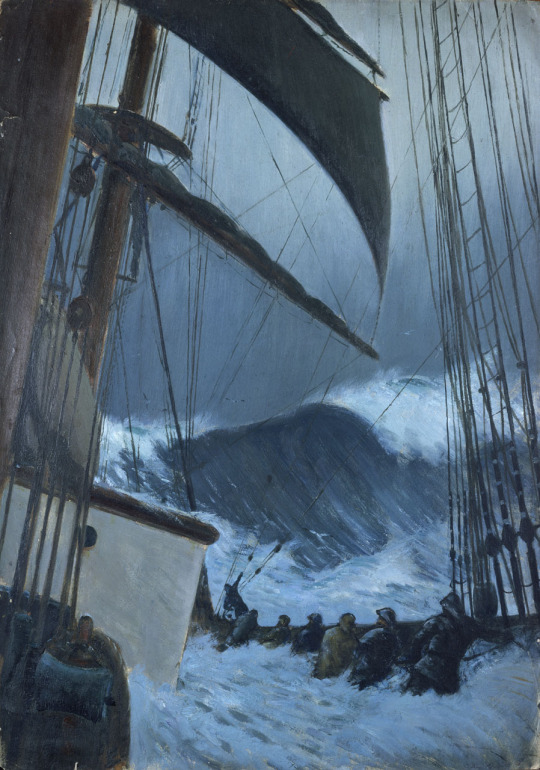
The deck of the 'Birkdale' in a storm, by John Everett, 1920
1K notes
·
View notes
Text

Fireman's Coat
Late 19th Century to Early 20th Century
Japan
Japanese firemen's coats are reversible. When fighting fires, the coat was worn as shown, together with close-fitting trousers, a hood, and gloves. Saturated with water, these garments gave protection against flames. A bold, legible pattern on the back identified the fireman’s brigade. For festive occasions, the pictorial side faced outward. This coat shows the Toad Spirit offering to teach the robber Jiraya magic, provided he used it only to benefit humanity.
Denver Art Museum (Accession Number: 1999.265)
#coat#outerwear#fashion history#historical fashion#non western fashion#japanese fashion#late 19th century#early 20th century#turn of the century#1880s#1890s#1900s#1910s#denver art museum
1K notes
·
View notes
Text

submitted by @commander-kiranerys 💙🤎
#historical fashion poll submission#historical fashion polls#fashion poll#historical dress#historical fashion#dress history#fashion history#fashion plate#20th century fashion#late 20th century#20th century#circa 1980#1980s style#1980s fashion#1980s#1982#1983#skirt#trousers
197 notes
·
View notes
Text
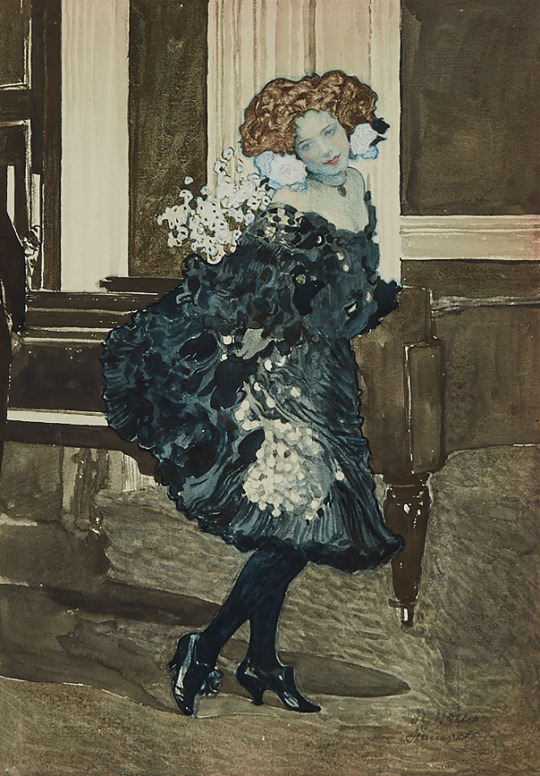
"Dancing girl" by Sigmund Walter Hampel (1868-1949)
#austria#19th c. austria#20th c. austria#Sigmund Walter Hampel#mdp19th c.#mdp20th c.#early 20th century#late 19th century#undated#19th century#20th century
587 notes
·
View notes
Text
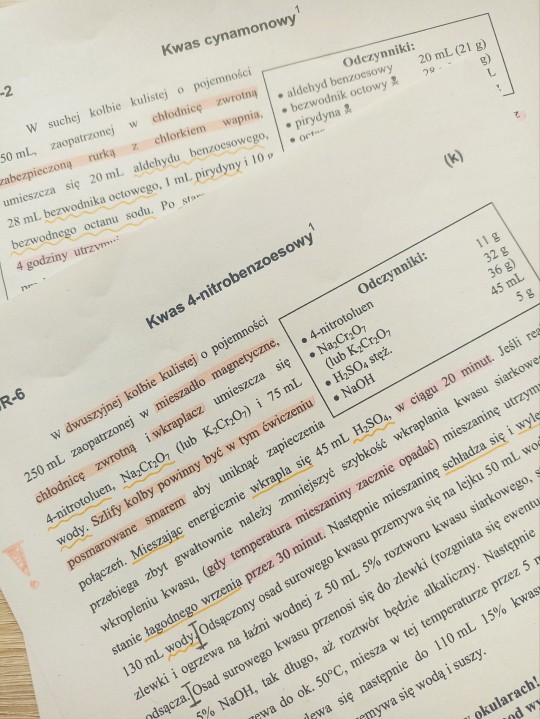


20 April 2024
It's raining outside and I'm lying in bed sipping coffee and reading after studying for a couple of hours <333
#first time reading a classic in english!#ive read a lot of books in english but never anything written before like#late 20th century#bc i was too intimidated#but apparently my comprehension of english is at that point#where frankenstein isn't too challenging#so that's nice :)#mine#studyblr#chemblr#studyspo#study motivation#chemistry#stemblr#sciblr#op
355 notes
·
View notes
Text
Daily reminder that in 1980, only 36% of eligible voters between ages 18-20 and 43% of eligible voters between ages 21-24 voted. In 1984, 37% for 18-20 and 44% for 21-24.
Meanwhile, in 1980, 65% of eligible voters aged 65+ voted. In 1984, 68% voted.
Republicans have a history of relying on young voters to not vote. They purposefully make young people feel discouraged; like no matter what, it won’t make a difference.
I don’t care if your state tends to always vote with one party. Get out and vote.
Especially in swing states, every single vote matters. Every. Single. Vote.
Mail in your vote. Go during your lunch break. Plan to take the day off. Your vote matters. In fact, it matters so much that people will purposefully try to sabotage you voting.
Here’s a guide on how to register to vote and how to check if you are registered. Plan ahead. Make sure you know how to mail in your vote or where voting booths will be.
Republicans have been so flippant towards Gen Z because of our historical hesitance to vote.
We have the power to make things at least somewhat okay.
I have seen so many people from Gen z saying voting for Kamala is hopeless because she’s a woman of color, citing past elections as proof.
That discouragement is purposeful. It’s been used for decades. And it’s been working.
This website is relatively young. Especially with a lot of older Gen z, including me, where this is their first or second election that they are eligible for.
Don’t listen to those saying voting is pointless. That there is no way Kamala will win so who cares? It’s absolutely okay to be frustrated and or wary, but don’t let that keep you from taking action.
Young voters are the key. Start planning on your vote now. Take it seriously. Your voice matters. Your vote matters.
#I’ve mentioned a lot I’m a history major with a big interests in 20th century#when it comes to late 20th century I’m very into us politics#and I have said so many times that people need to study history because it becomes so obvious so fast how much history repeats itself#reagan bought out older voters and discouraged young people from voting and it worked#and it continues to work till this day#and it’s so frustrating to watch#not to make another two notes pity post but I just need to say it#2024 elections#us politics#rae’s rambles#joe biden#kamala harris
222 notes
·
View notes
Text

Girl In A Japanese Costume
William Merritt Chase
#american art#art#painting#art history#William Merritt Chase#impressionism#early 20th century#1900s#late 19th century#fashion#portrait#lavender#orientalism
265 notes
·
View notes
Text
"Mrs. Lazarus" by Carol Ann Duffy (1999)
...I breathed
his stench; my bridegroom in his rotting shroud,
moist and dishevelled from the grave's slack chew,
croaking his cuckold name, disinherited, out of his time.
Broadview Anthology, page 1775
0 notes
Text

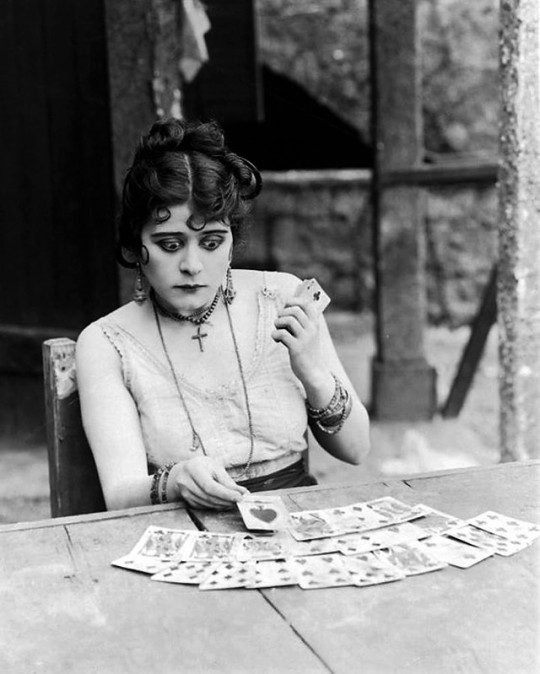


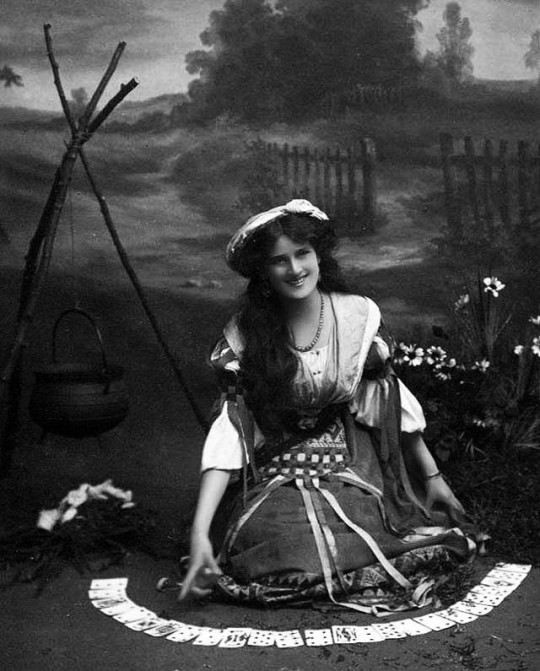




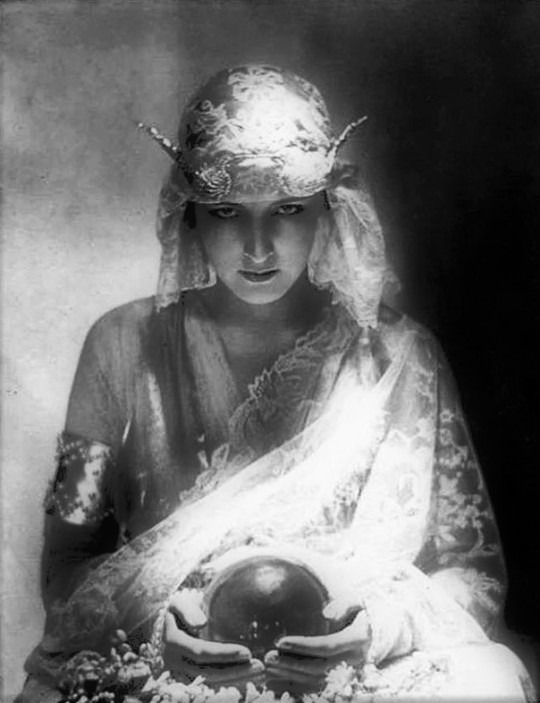

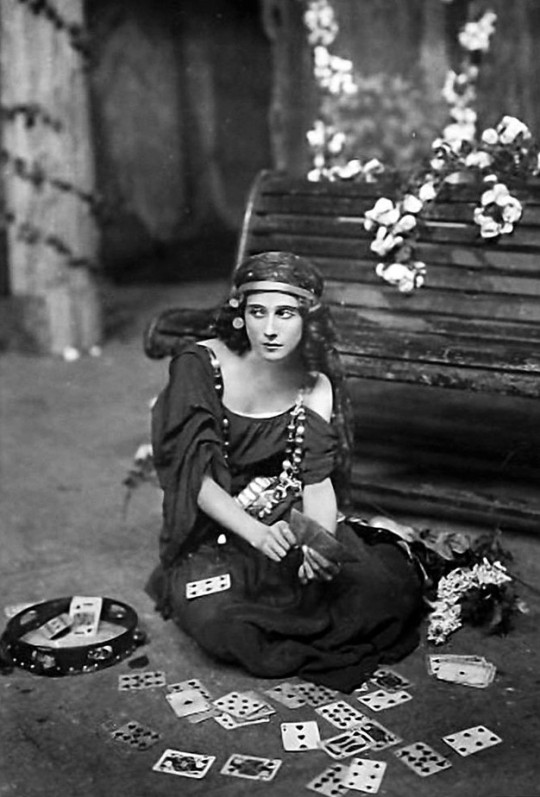
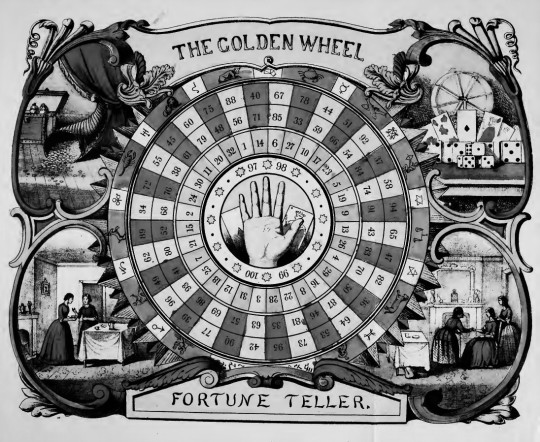
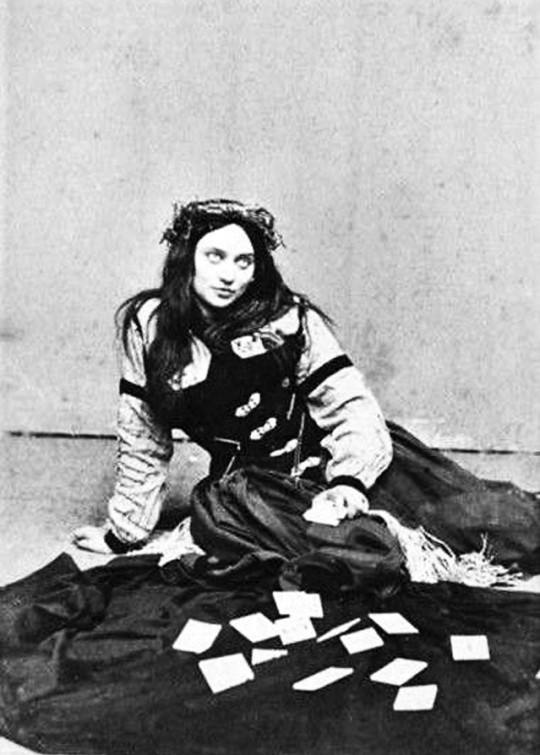
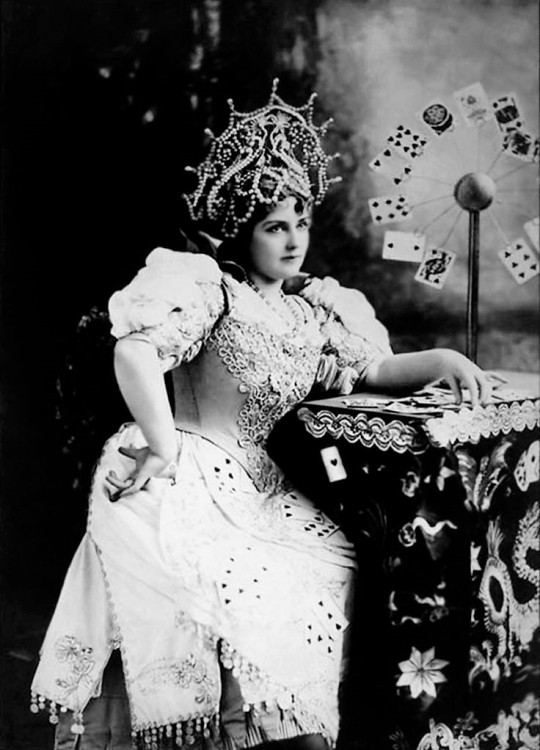
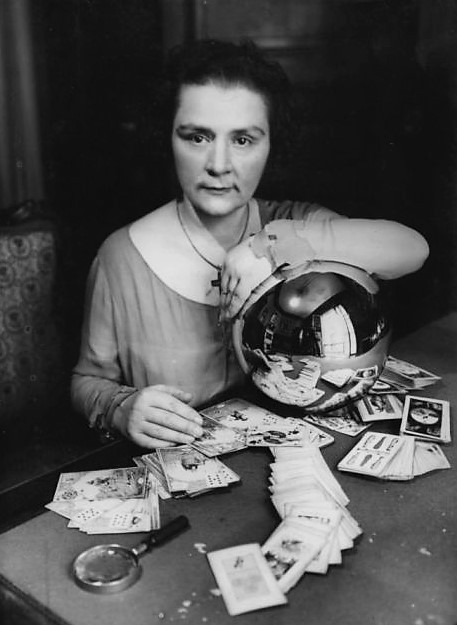
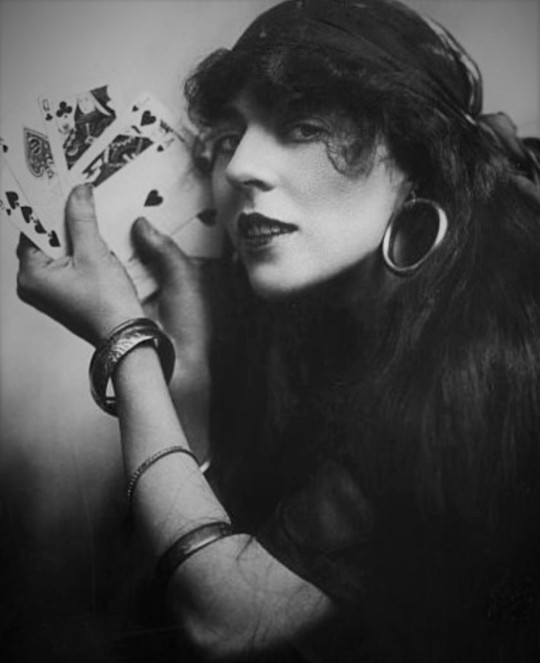
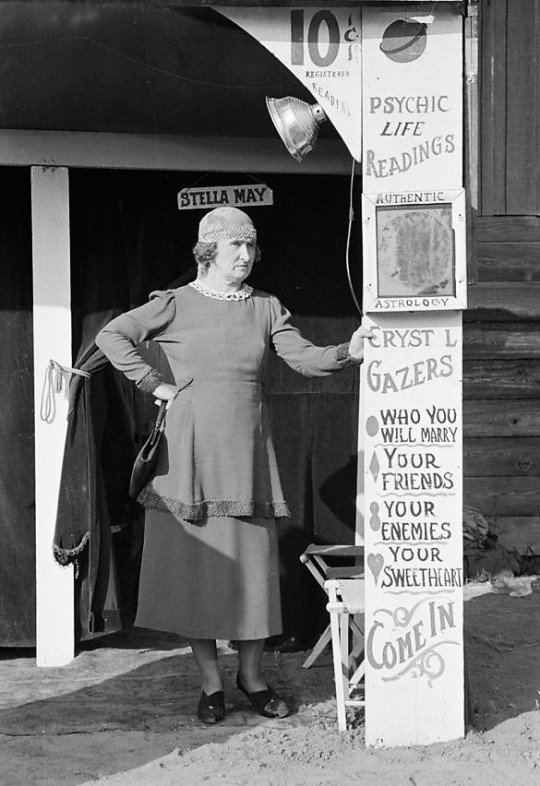
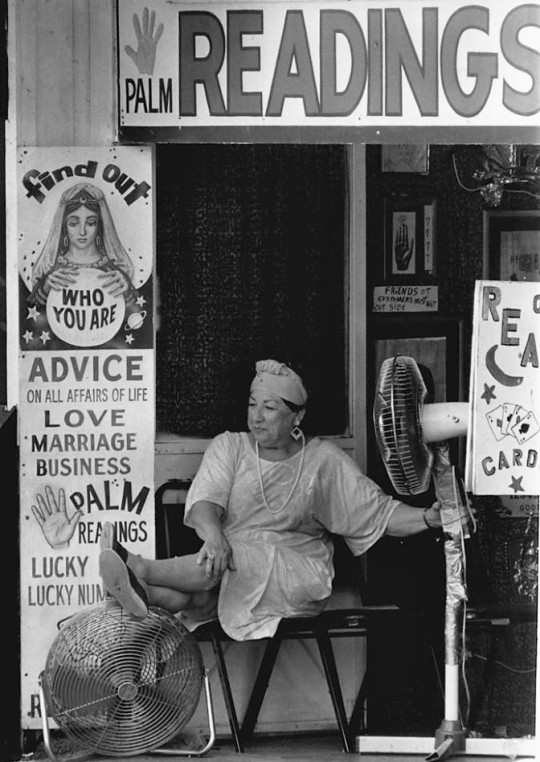

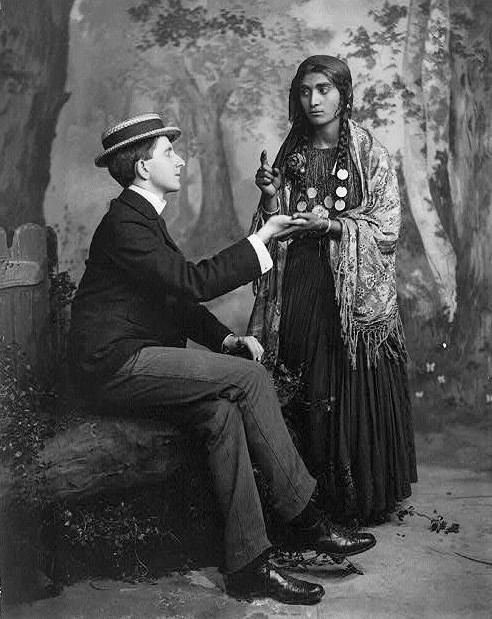

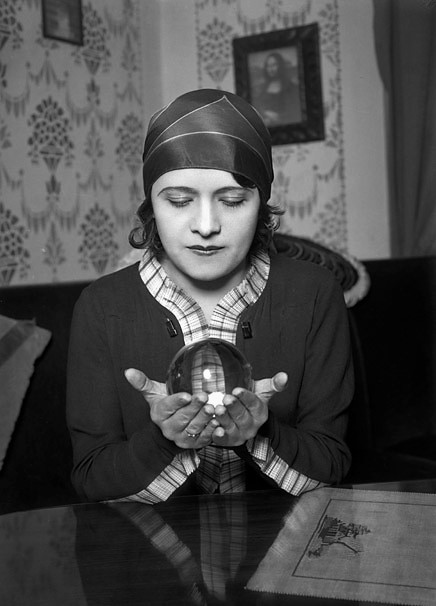
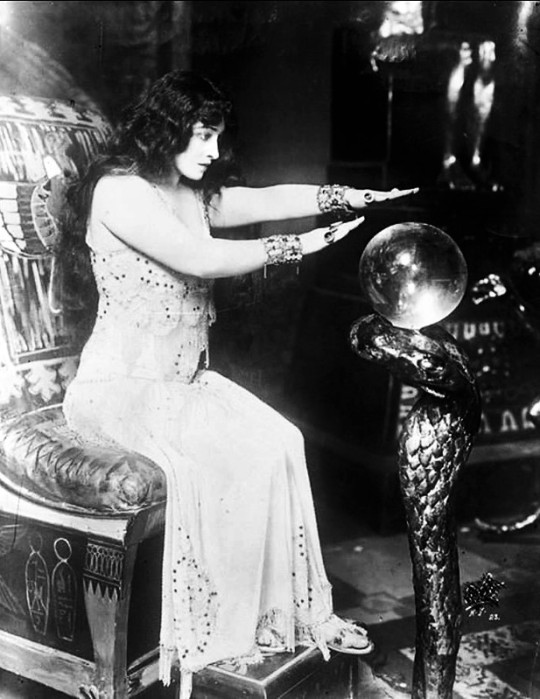
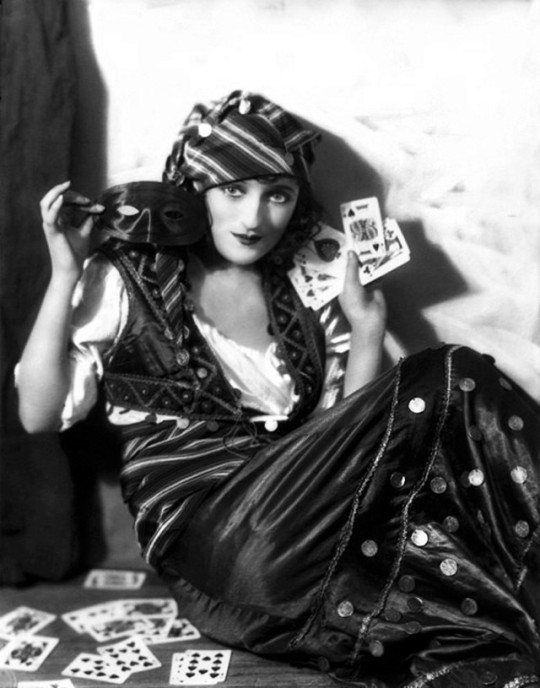
Fortune Tellers
#fortune tellers#clairvoyant#cartomancer#crystal ball#palm reading#fortune-telling#divination#tarot reading#spiritualism#occultism#nelly muley#silent films era#theda bara#florence lee#late 19th century#early 20th century
746 notes
·
View notes
Text
Etiquette of the Edwardian Era and La Belle Époque: How to Dress
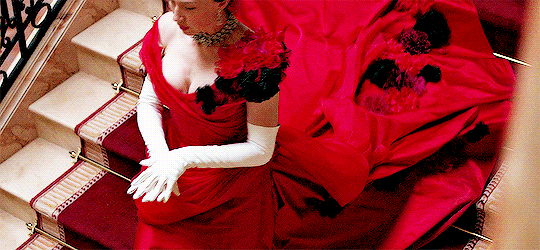
This is a new set of posts focusing on the period of time stretching from the late 19th century to the early 20th Century right up to the start of WWI.
I'll be going through different aspects of life. This series can be linked to my Great House series as well as my Season post and Debutant post.
Today will be focusing on the rules of clothes with this time period.
A Cut for Every Occasion
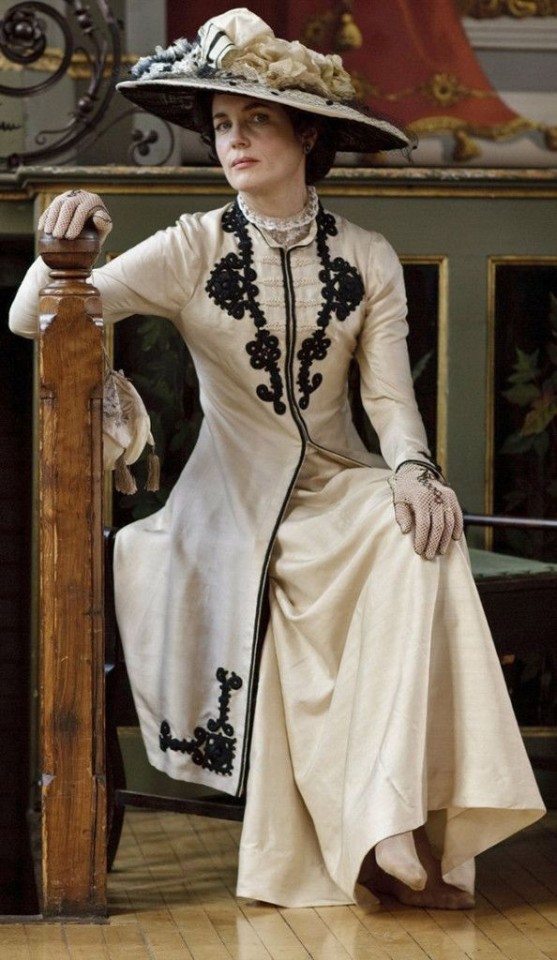
As you may know, the wealthy elite and their servants lived extremely regimented lives and every aspect was governed by careful rules. They would be expected to wear the right outfit at the right time, every minute of the day. Any misstep would be noticed at once and be subject to scruntiny.
In the circles of the elite, one would be expected to change for every occasion. One simply wouldn't wear the same outfit they've been lying around the house in to attend tea at somebody's house. Fashion in this era was dictated by the clock and by the event diary of the wearer.
Ladies

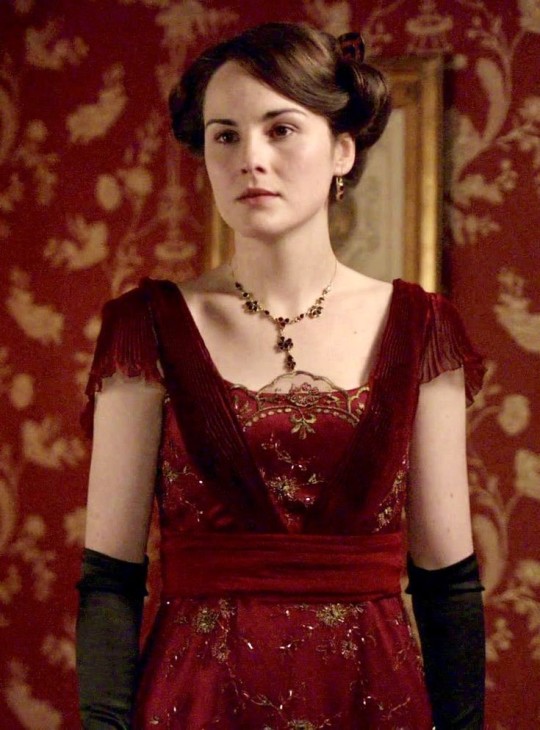
Women of the upperclass would be expected to change at least six times a day. When she would rise for a morning of repose around the house, she would simply wear a house gown or a simple blouse and skirt. If planning a morning stroll, she would change into a walking suit which is a combination of blouse, skirt and jacket along with her hat usually of tweed. If running errands or paying a visit to friends, she would wear another walking suit. If riding, she would wear a riding habit and a hat. If hosting tea or taking tea in her own home, she would change into a tea gown with is a lighter more airier gown more comfortable for chilling in. If attending a garden party, one wears a pastel or white formal day gown accompanied by a straw hat and gloves. For dinner, she would change into an evening gown which would be more elaborate and show off a little more skin than her day wear. After dinner and ready for bed, she would change into her nightgown.
Female servants had an easier time of it. A housekeeper and lady's maid would simply wear a solid black gown for the entire day. A cook and kitchen maids would wear a simple day dress for working with an apron. Housemaids would usually wear a print dress with an apron and cap, changing into the more formal black and white attire you would associate with a maid.
Gentlemen


The gentlemen had an easier time but they too were subject to changes throughout the day. Men were expected to wear a suit. The most popular day time suit was a sack suit. These were comprised of plain and loose fitting jackets, worn over a starched shirt with a high collar, waistcoat and straight trousers with ironed creases. These suits were exclusively wool with cheaper ones made of a wool and cotton blend. Grey, green, brown, navy were usual but sine younger men preferred louder colours such as purple which was a trend for a time in the 1910s. These suits were worn about the house or in the city accompanied by a coat. Men would change into tweed if shooting or walking. For garden parties, a gentleman would wear a light coloured suit, usually white and a straw hat. For dinner, a man had two choices: his tails or his dinner jacket. A dinner jacket was for less formal suppers say if dining at home. This was a collection of a jacket, trousers, waistcoat, a bow tie, a detachable wing-collar shirt and black shoes. Lapels of these jackets were edged with silk or satin. Tails were worn at a formal dinner party, at White Tie events. This was made up of a tailcoat, white piqué waistcoat, a starched dress shirt with a pique bib and standing wing collar with a white bow tie. Trousers were lined with trim to hide the seams.
Male servants were soared changing. Footmen would wear their livery around the clock which would resemble white tie to a certain extent or mimic court dress of palace servants. Butler's would wear a variation of a gentleman's evening suit throughout the day. When a male servant is dressed, he usually stays that way. However, a valet or a footman may be taken to pick up during shooting parties where they would wear tweed walking suits.
Jewellery
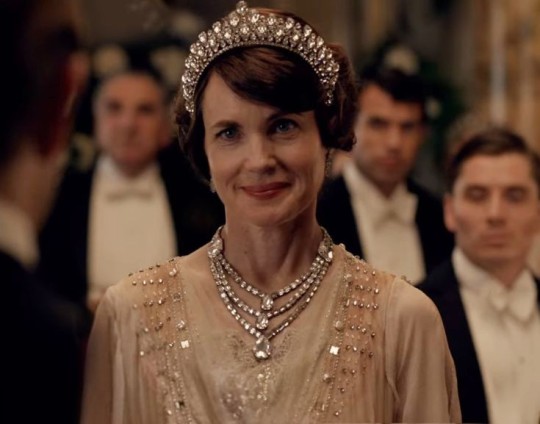
Jewellery was an important sign of status in society. Upperclass women of this time has access to untold caches of sparklers but there were rules concerning their use and meaning. Earrings were usually clip ons as women of high status would not pierce their ears. Simple, understated earrings were worn during the day with more ostentatious sets were worn in the evening time. Broaches were popular at this time, usually worn at the throat of a gown or blouse or walking suit or affixed on hats. Large stoned rings were worn over gloves while slender bands were worn under. Jewellery was intricate and understated amongst old money whole the nouveau riche went for chunkier stones and larger settings. Tiaras were only worn at White Tie events, held after six pm and almost never by unmarried girls. One would not wear a larger tiara than that most senior lady present. Men would wear tie pins, cufflinks and pocket watches to match any occasion be it for a jaunt on the town or at a formal evening party.
Hats
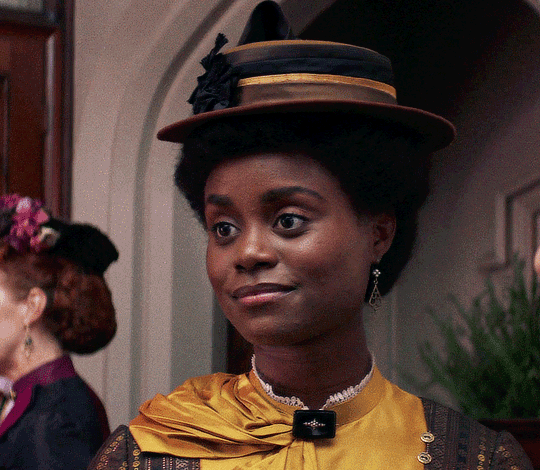
Hats were a staple in this period. Anybody respectable from any class wouldn't venture out of the door without a hat.
Men would wear hats when heading out but always remove them when entering a building, and never wear one without removing it for the presence of a lady. The bowler was seen as more a servant's headwear while a top hat was reserved for gentlemen. Flat caps would be only seen on gentlemen at shooting gatherings or in the country, they were popular among the common class for any informal occasion.
Women had more stricter rules concern hats. Hats for women were more a day accessory worn while out and about. A woman would not wear a hat in her own home even when entertaining and nor would any of the other female occupants if joining the gathering. A woman would not remove her hat when attending a luncheon or tea or any activity. Hats were held in place by a ribbon or sash tied under the chin or by a hat pin, which is essentially a large needle thrust through the hair. This was the period where women's hats became more ornate and rather large, leading to some critisism. Among servants, housekeepers and lady's maids would not wear a hat while indoors and working but a housemaid or cook or kitchen maid would cover their hair with a cap with housemaids changing into a more elaborate one come evening time. Male servants would not wear hats unless travelling or outdoors.
Gloves

Gloves are a staple in this period and worn only at the opportune time. Among servants, only footmen would wear gloves and usually only when serving. Butlers would never wear gloves. Female servants did not wear gloves.
Men did wear gloves, usually woollen or leather while outside or riding gloves when out on horseback.
Women wore gloves whenever outside. Day gloves were usually wrist length, with evening gloves stretching to the elbow. During dinner, evening gloves would be removed at the first course and laid across the lap, replaced at the last course when the ladies leave for tea and coffee after where the gloves are then removed again. Gloves are always worn when dancing and at the theatre or opera. If one is sitting in ones box and sampling some chocolate, one can remove their gloves for that.
Hair and Makeup
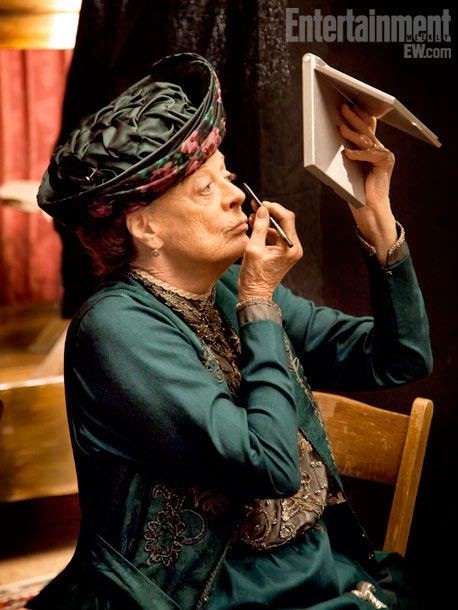
Make up was a no-no amongst the upper crust and for their servants in England and America, as it was seen as licentious but in France, the use of rouge was accepted. Perfume and cologne were acceptable but excessive use was frowned upon.
Hair was dressed by one's lady's maid. Bouffant updos were popular in this time period for married women. During the last years of this period, women began adopting the 'bob' but this was seen as radical and sometimes scandalous. Unmarried girls could wear their hair down, often with accessories like a bow to adorn their tresses. Servants would always tie up their hair and never be seen with it down or uncovered (though this depended on their job).
Men would comb their hair, slicking it back for dinner. Most men were clean shaven but if they wore beards, they were usually well groomed. Hair was kept short for grown men and teenagers but young boys may wear their hair longer whilst in the nursery.
#This bitch loooonnnnggg#Etiquette of the Edwardian Era and La Belle Époque series#Fantasy Guide#Early 20th Century#late 19th century#Great houses#writing#writeblr#writing resources#writing reference#writing advice#ask answered questions#writing advice writing resources#writers#Writing advice writing references#Writing references#Historical fiction#1900s#1890s#Fashion
624 notes
·
View notes
Text


The Cutty Sark around 1922 and 2021
#tall ship#cutty sark#early 20th century#early 21st century#build in the late 19th century#age of steam
278 notes
·
View notes
Text

you guys know the 1920s and 30s existed before v*vziepop right
#what if i kill you right now#vivz get your FILTHy fucking mits off my decades#not art#anyway james would kill that overpowered annoying deer twink in like three seconds#james is literally older than the pilot get off my dick#im being a little hater lately but also just like the minecraft boy fans you guys are annoying sorry not sorry#hiding the name for their dignity still but oh my god fuck around find out. not everything is about your show#a lot of people have historical ocs bECAUSE THE EARLY 20TH CENTURY IS COOL ON ITS OWN GOD DAMN IT#GO WATCH A FRED ASTAIRE FILM AND EDUCATE YOURSELF#anyway tldr dont assume peoples ocs are fan characters unless they're tagged that way. and i sure as shit didnt tag him with any fandoms
167 notes
·
View notes